The Philodendron Hastatum (also knows as the Philodendron Silver Sword) is an attractive plant with elongated leaves that are tinged blue or silvery green.
This plant is native to the jungles of Brazil and has been added to the endangered plant species list due to a dwindling natural habitat. Fortunately it is relatively easy to propagate and enjoy as a houseplant in your home.
The Hastatum grows upright and will climb trees in the wild. It does really well on a moss pole or on a trellis that it can attach too and climb. This plant can reach up to 9 feet in height when kept indoors. In the wild they can grow much taller.
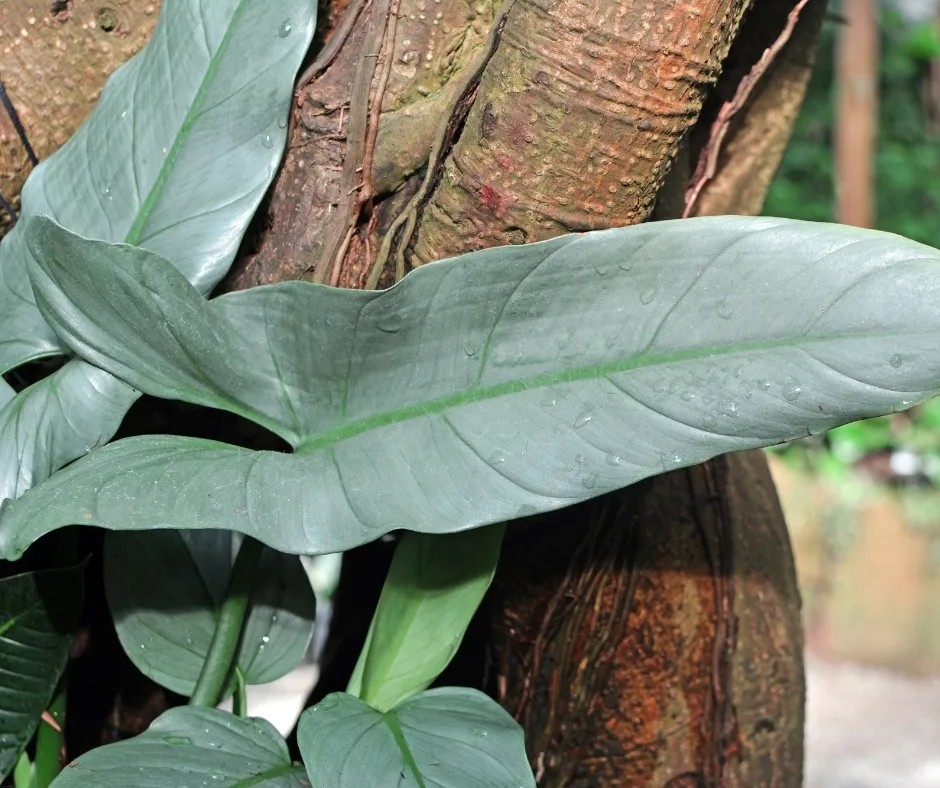
Is the Philodendron Hastatum a rare plant? This is considered a rare plant due to the deforestation in the areas of Brazil where it grows native. Unfortunately the insects that pollinate this plant are also becoming extinct in the Brazilian rainforest where this plant grows.
It is available online to grow as a houseplant through Etsy, local nurseries, and private sellers. However, it can be a little pricier than the basic Philodendron varieties such as the Philodendron Brazil.
More Popular Philodendrons:
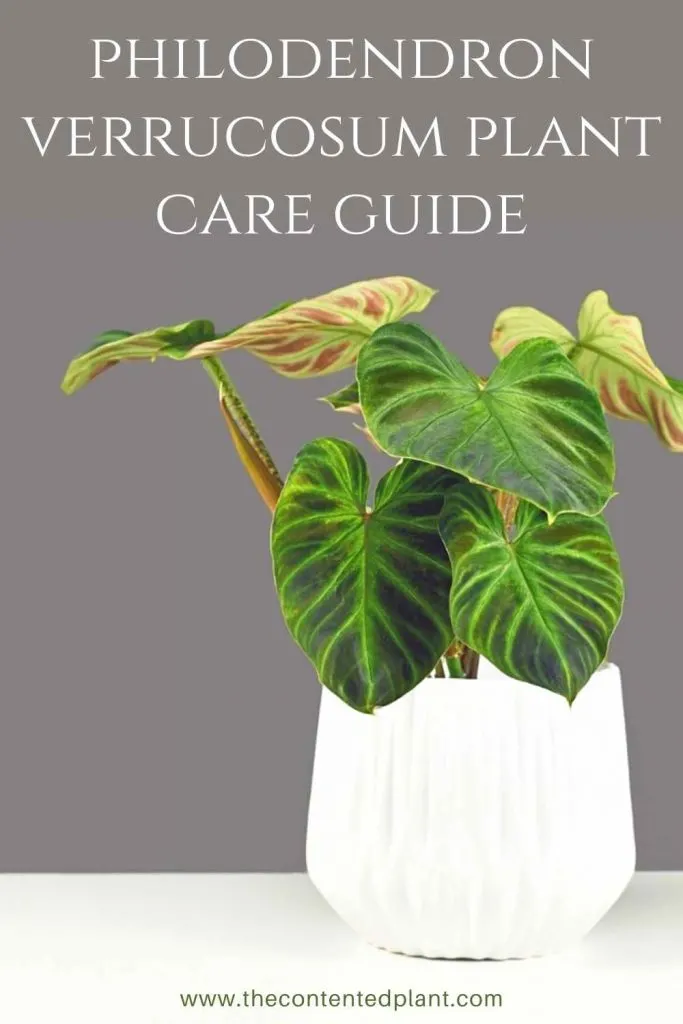
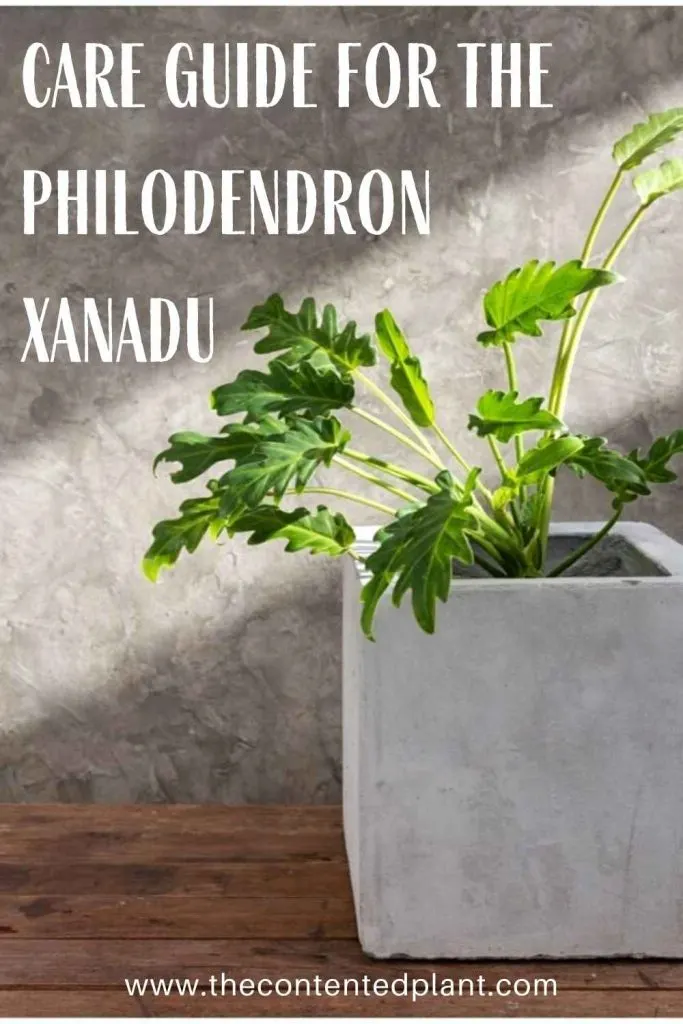
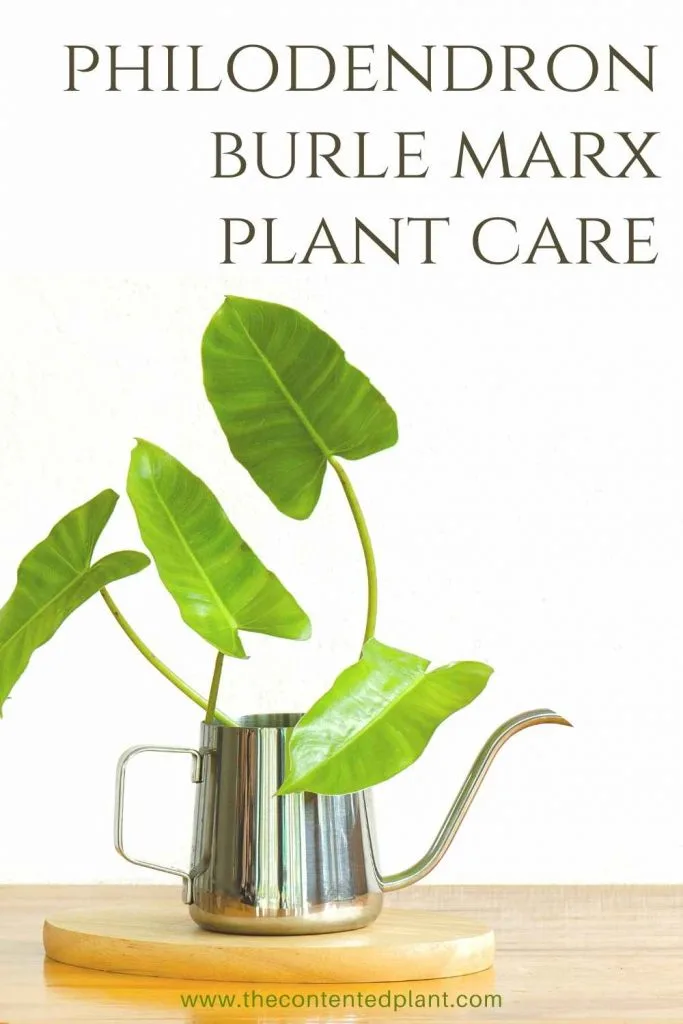
Pinching back this plant will help prevent it from growing leggy. If your plant is growing long and leggy stems, consider pinching back the stem for a fuller plant. When you decide to pinch your plant back, make sure you pinch it close to the node.
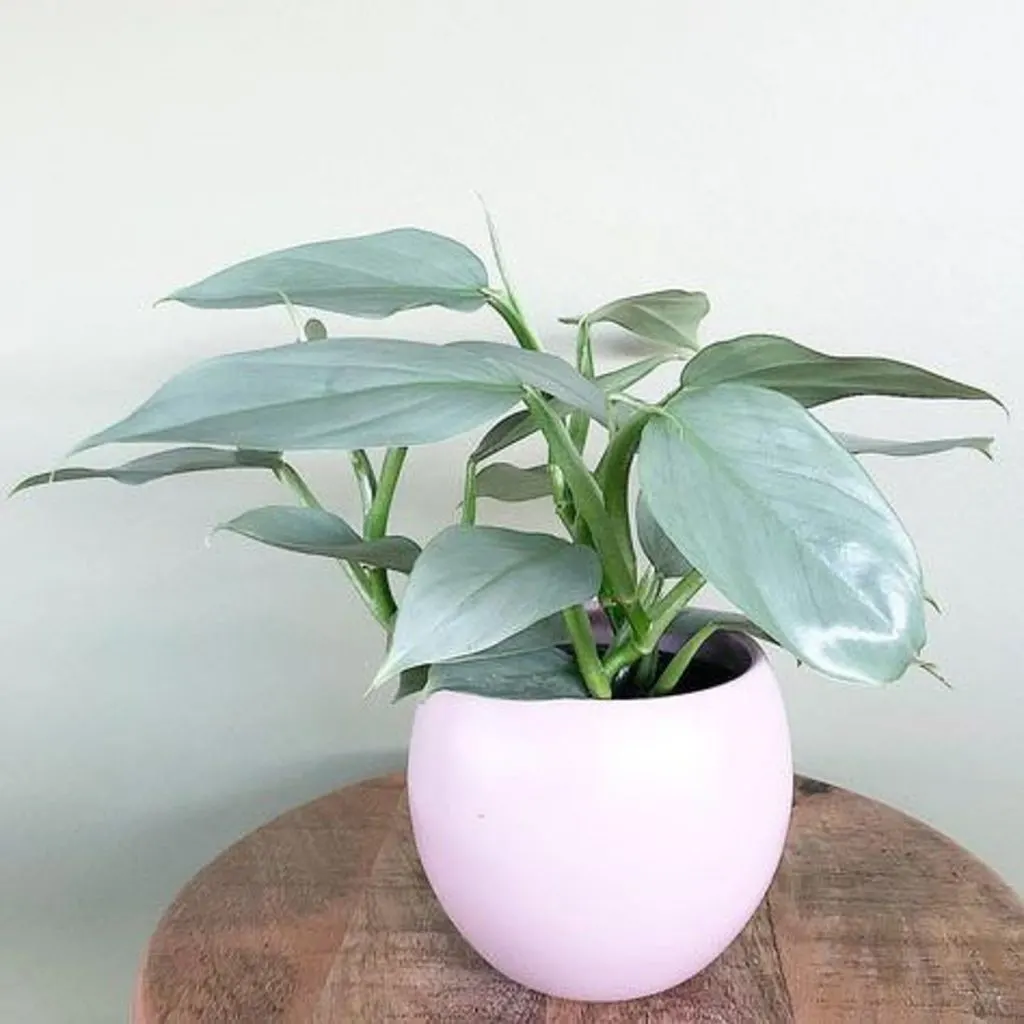
Purchase Philodendron Hastatum from Etsy
Photo Credit: TheGreenEscape on Etsy
We have put together an easy to read printable care guide for the Philodendron Hastatum. Read the guide below to figure out how to care for your plant.
Philodendron Hastatum Care Guide
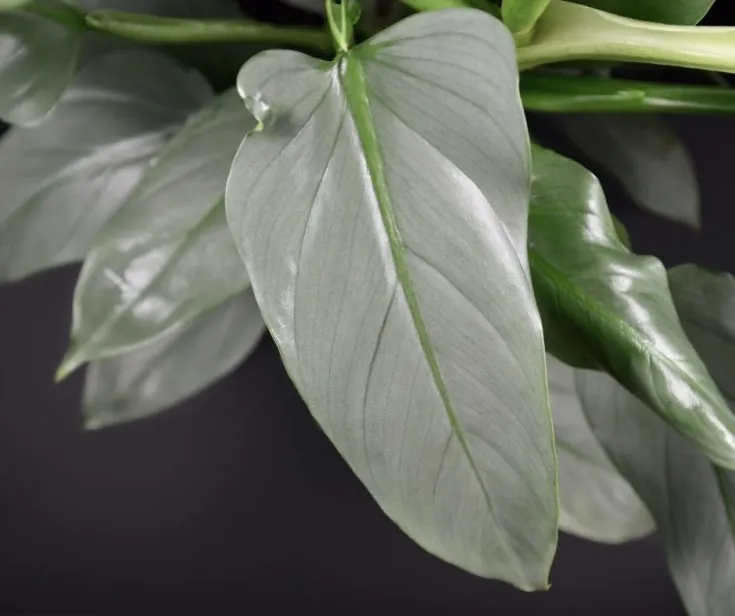
The Philodendron Hastatum (also knows as the Philodendron Silver Sword) is an attractive plant with elongated leaves that are tinged blue or silvery green.
This Care Guide will teach you how to keep this tropical Aroid happy all through the year.
Materials
Instructions
Soil Preference:
- This aroid requires a light soil.
- A mix of potting soil, perlite and orchid bark will keep the roots happiest.
- Here is our mix.
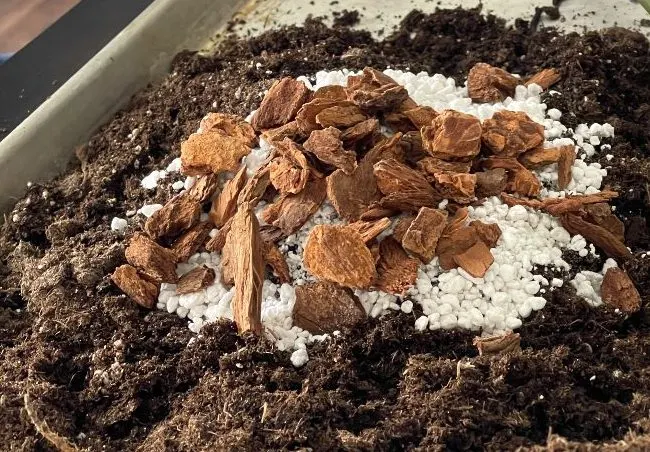
- Two parts potting soil to two parts perlite to one part orchid bark.
- A heavy soil potting mix is not recommended for aroids.
Pot Size and Type:
- The Philodendron Hastatum grows relatively quickly
- If you want to encourage faster growth choose a pot about 2 inches wider in diameter than the current pot.
- Any well drained pot can be used. It MUST have drainage.
- Repot every second year or when roots come out the drainage holes on the pot bottom To the next pot size up.
- Don't jump to a huge pot from a small one unless you wish to encourage faster growth. Just go to the next size up pot.
Lighting:
- The Hastatum enjoys bright indirect or dappled light.
It will tolerate lower indirect light if it has some brighter moments in the day. - Some filtered sunlight from a window will be appreciated.
- Shield this aroid from strong direct light in summer south and west sunny windows. The leaves will burn.
- Tip: Window sheers or blinds can offset some brief periods of high direct light.
Watering:
- Water your plant when the soil is dry. Aroids do not like to be overly wet. Try a watering schedule of every other week.
- Watering is best done on a regular schedule so the plant is not over or under watered. Both can cause stress on the plant.
- This tropical plant enjoys humidity. In dry climates this Philodendron will thrive with a humidifier nearby. OR use a pebble tray under the pot filled half way with water.
- In dormant winter months reduce watering to when the soil is dry.
- Never let this plant get wet feet. Water when the top 2 inches of soil are dry. If the soil is compacted the bottom of the soil can remain wet which encourages root rot. Heavy wet soils attract Fungus Gnats.
How to Fertilize:
- Apply a good quality fertilizer (linked in materials) monthly through Spring and summer.
- Decrease feedings by late Fall and allow the philodendron to rest through the winter months.
Temperature:
- Keep the plant at a low of 65 Degrees F. to upward of 85 Degrees F. It enjoys warmth and humidity.
Pinching:
1. The Hastatum tends to grow in a leggy pattern.
2. To maintain a bushier shape, you will need to pinch back the leggy growth.
3. Pinch close to a node, whatever is left of the stem will die off.
4. Periodically prune this plant by pinching back the leggy growth.
Pests:
- The Hastatum is not fussy and resists pests. However all plants can get attacked by pests.
- Stress by longterm overwatering, poor light, extreme temperatures and soil conditions are contributors to plant stress..
- Spider mites, mealy bugs, scale, thrips and whitefly are the most common houseplant pests you will see.
- Read our post on How to get rid of aphids and other pests with our homemade pesticide soap recipe or neems oil.
- To minimize the possibility of pests be sure to check all nursery plants before bringing them home.
- Quarantine all new plants until you are sure no pests live in them.
How to Propagate:
- Propagation is easily done through leaf node stem cuttings.
- You need a 3 to 6 inch leaf stem with a couple of nodes and healthy growth.
- This more easily seen on vines but the hastatum has nodes at the leaf base too.
- Cut a long stem from the mother plant as close to the base of the plant as possible.
- Place the node into a jar with water. Use tap water that has settled 24 hours in the jar to dissipate chemicals harmful to the philodendron hastatum
- Set the jar in a well lit area.
- After several weeks roots will grow. Allow the roots to get an inch or more in length.
- Plant gently and firmly into pot with proper soil mix.
- Make sure to keep the soil moist until the roots begin to set into the soil.
Notes
This plant is considered toxic and should be kept out of reach of small children and pets.
Follow Us:
Find us on YouTube, Instagram , Pinterest and TikTok! We love to Plant chat. We also comment, like and occasionally share your content to our daily stories. We’d love to see your plants. Share your joy in your houseplants. Happy Planting!
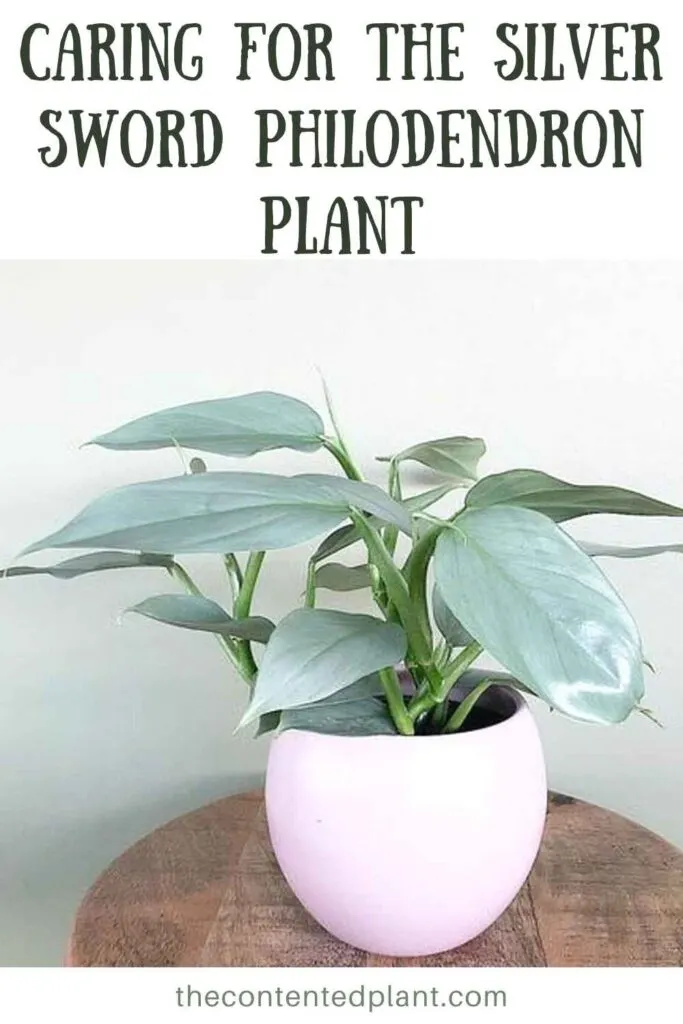
For more information about Philodendrons we like this article. The plant genus Philodendron has over 450 different species!

Heartleaf Philodendron Plant Care Guide - The Contented Plant
Wednesday 29th of June 2022
[…] Philodendron Hastatum […]